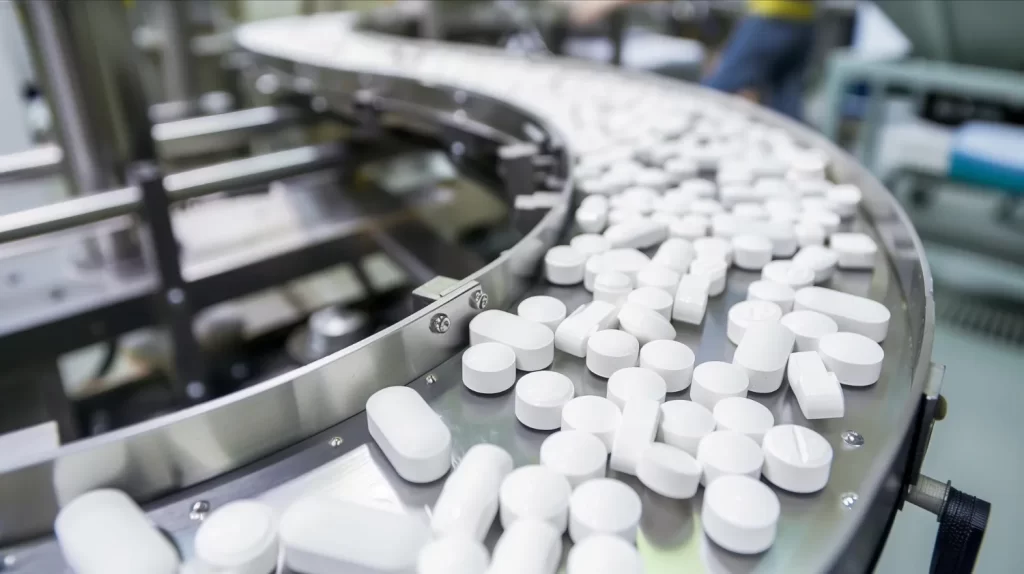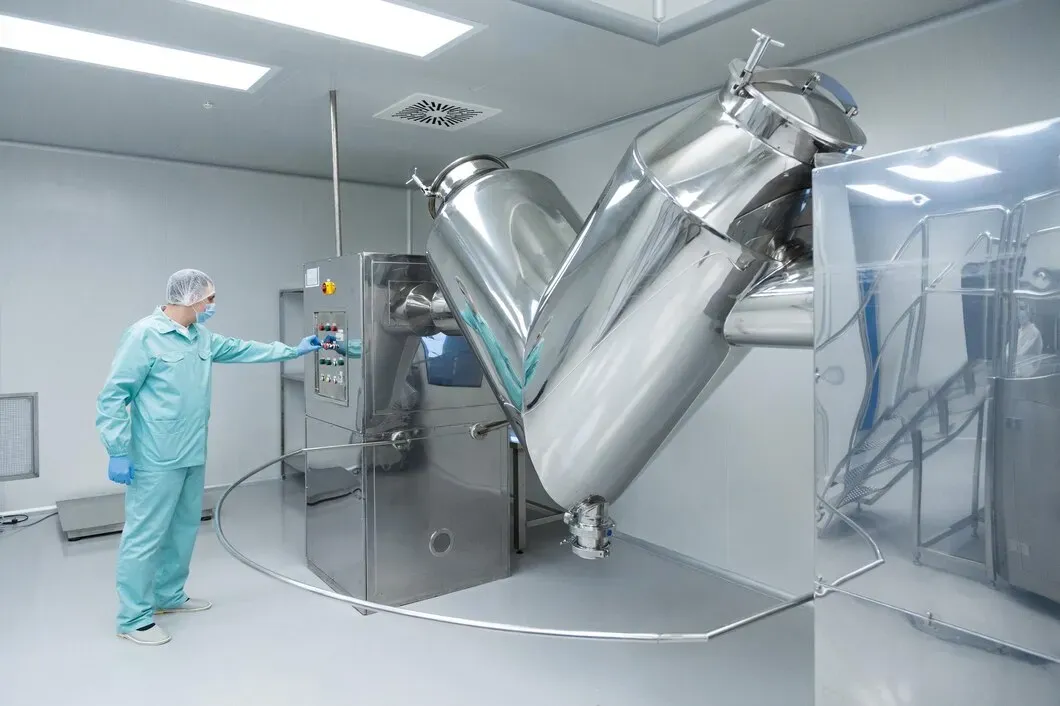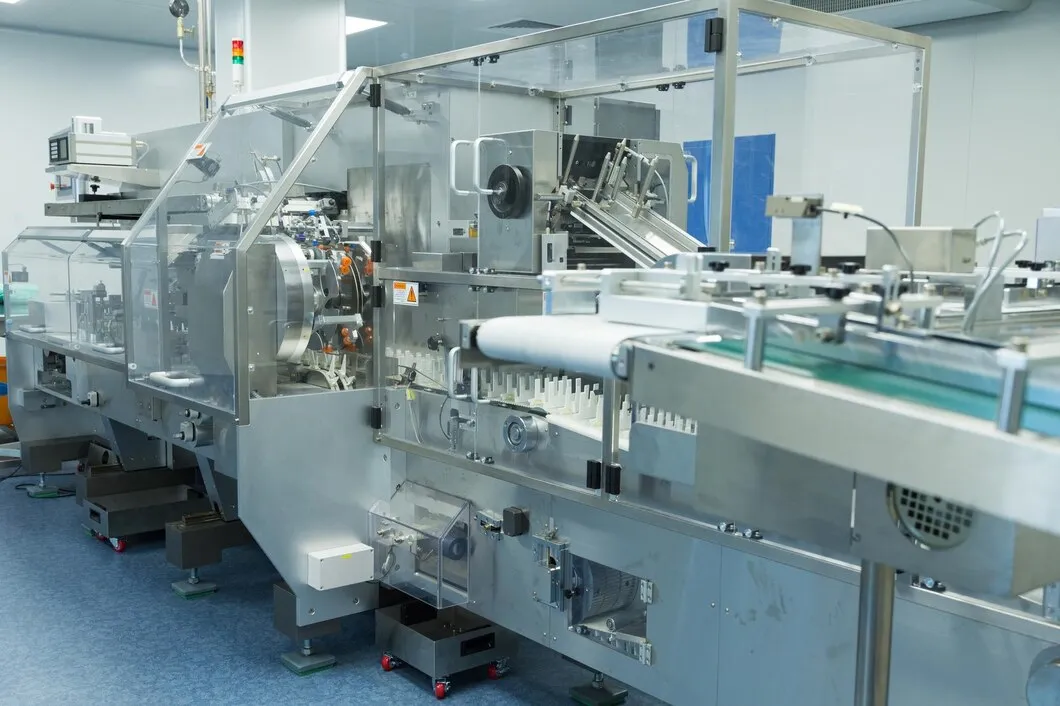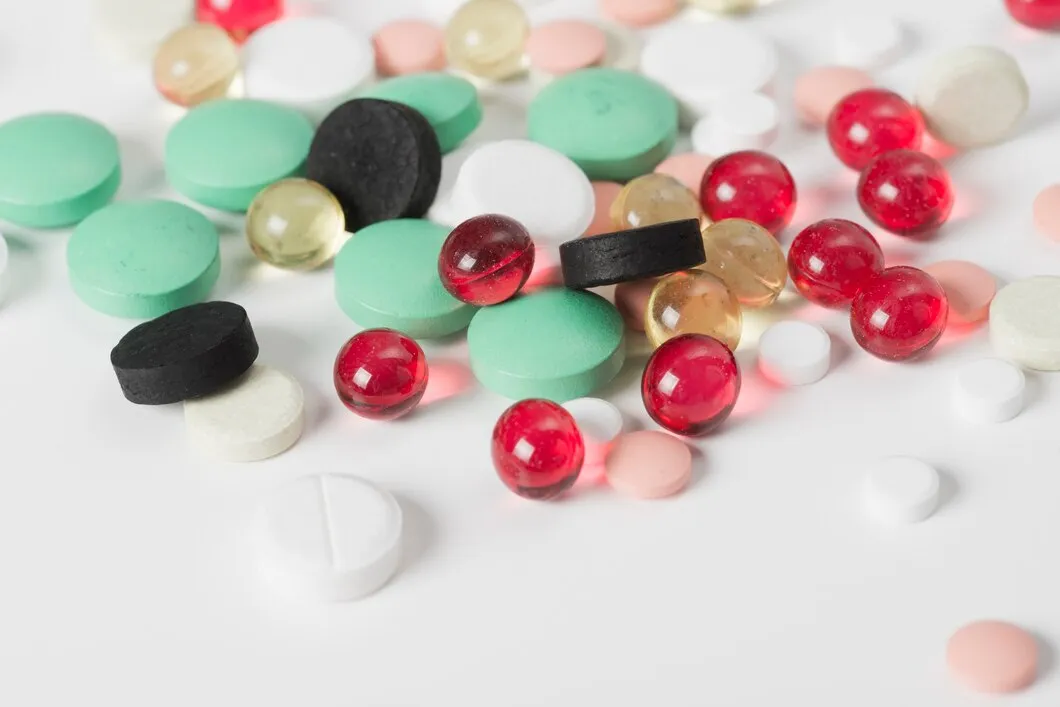The pharmaceutical industry keeps expanding, both in value and global reach. New drugs, aging populations, and rising health needs are pushing demand higher each year.
In this article, we’ll examine the industry’s worth in 2025 and the factors driving that growth.

The global pharmaceutical industry is projected to generate $1.21 trillion in revenue in 2025, according to Statista. The U.S. alone is expected to account for more than half of that total, reaching $660.04 billion, thanks to its advanced healthcare systems and strong R&D investment.
Among therapeutic areas, oncology remains the top revenue generator, with a market value projected at $208.86 billion in 2025, growing 7.6% year-over-year (Becker’s Hospital Review). Other high-performing segments include:
Looking further ahead, Statista forecasts a compound annual growth rate (CAGR) of 4.77% from 2025 to 2029, pushing total industry revenue to $1.45 trillion by 2029.
GLP-1 drugs, used for treating Type 2 diabetes and obesity, are also a major factor in current growth. Sales of these drugs topped $1 billion in 2024 and are expected to keep rising in 2025, with companies like Novo Nordisk and Eli Lilly expanding their production capacity to meet global demand (Investing News Network).
The steady increase in market size reflects global demand for chronic disease treatments, innovation in biotech and specialty drugs, and broader healthcare access in emerging markets.
Several fast-moving segments are driving the pharmaceutical industry’s growth in 2025. These areas are attracting the most investment and shaping the future of drug development.
Gene and cell therapies are becoming major players in the market. These treatments target once untreatable diseases, offering new hope and high revenue potential.
Bispecific antibodies are another breakthrough area. These next-gen treatments are showing strong trial results in blood cancers and lung cancer.
Digital therapeutics and telehealth are expanding how patients access medications. Companies are adapting to online platforms to reach more people.
Immunology continues to grow through innovation. New biologics and targeted therapies are replacing aging blockbuster drugs.
These high-growth segments are reshaping the industry, moving it toward more precise, tech-enabled, and personalized treatments.
Rising market value, demand for advanced therapies, and a push toward personalized medicine are opening new opportunities—but also raising the bar for manufacturers and suppliers.
Pharma companies are under pressure to scale faster, launch more complex products, and meet tighter compliance standards. This means production lines need to be more flexible, efficient, and GMP-compliant.
For machinery suppliers and production partners, the message is clear:
Canaan supports this shift by providing reliable, high-performance machinery that helps pharma companies stay competitive. From capsule filling to automated packaging, our systems are built for the demands of today’s pharmaceutical production.
The pharmaceutical industry’s growth in 2025 isn’t just about numbers—it reflects a global shift in how healthcare is delivered, accessed, and advanced. For manufacturers and suppliers, this means moving quickly, investing wisely, and staying aligned with regulatory and market demands. The winners in this space will be those who combine quality, efficiency, and the ability to adapt.
Canaan is here to support that journey—with machinery I rozwiązania built for what’s next in pharma.




Zanim jakikolwiek lek trafi do pacjenta, zaczyna się w laboratorium. To tam testuje się formuły, sprawdza partie, a jakość jest potwierdzana lub kwestionowana. Aby wykonać tę pracę prawidłowo, laboratoria są zależne od właściwego sprzętu — narzędzi, które nie tylko wykonują zadanie, ale robią to precyzyjnie. Jeśli odpowiadasz za prowadzenie lub […]

Opakowania typu blister są wszędzie w branży farmaceutycznej — od tabletek po kapsułki i opakowania próbek. Chronią produkt, wydłużają okres przydatności do spożycia i poprawiają bezpieczeństwo pacjenta. Jednak dla producentów to coś więcej niż tylko opakowanie — to system zbudowany wokół szybkości, precyzji i zgodności. Jeśli działasz w branży farmaceutycznej lub w zaopatrzeniu w opakowania, oto, co musisz wiedzieć o opakowaniach typu blister […]

Jeśli decydujesz, jak dostarczyć produkt farmaceutyczny lub suplement, wybrany format — płynne żele lub tabletki — wpłynie na więcej niż tylko jego wygląd. Ma wpływ na sposób wytwarzania produktu, szybkość wchłaniania, rodzaj potrzebnego sprzętu i sposób odbioru produktu przez użytkownika końcowego. Niektóre substancje czynne działają lepiej w […]